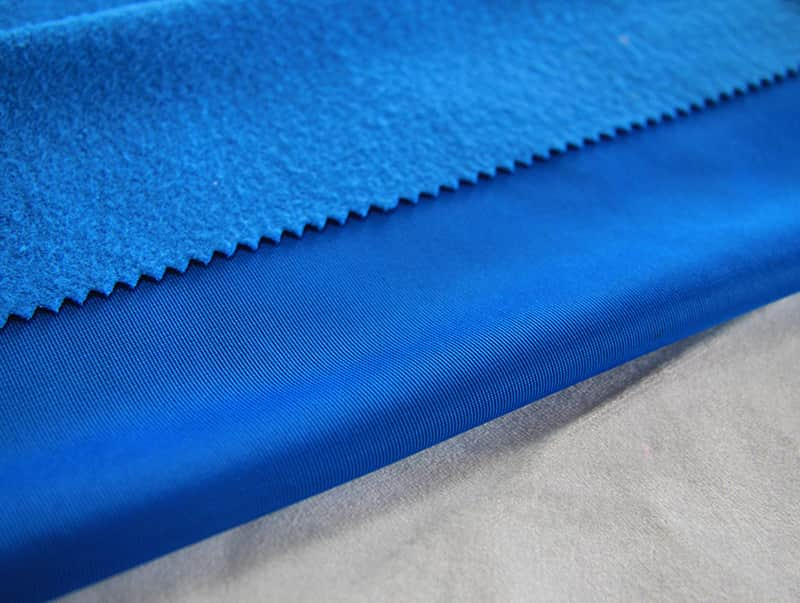The fiber content and weaving technique of a garment fabric significantly impact its durability and comfort during wear. Here's how:
1. Fiber Content
The choice of fibers used in the fabric influences its strength, softness, breathability, and moisture-wicking ability, all of which contribute to both durability and comfort.
Natural Fibers (e.g., cotton, linen, wool):
Durability: Natural fibers like wool and cotton are generally more durable but can show signs of wear over time, like fading, pilling, or shrinkage. For example, wool is inherently durable and resistant to wrinkles but can be prone to abrasion. Cotton, while breathable, tends to wear out more quickly due to its fiber structure and susceptibility to abrasion.
Comfort: Natural fibers tend to be breathable, making them more comfortable in hot and humid conditions. Cotton, for instance, is soft to the touch and has excellent moisture absorption properties, which makes it ideal for everyday wear. Wool offers warmth and is moisture-wicking, making it suitable for colder climates.
Synthetic Fibers (e.g., polyester, nylon, spandex):
Durability: Synthetics are generally stronger and more resistant to wear and tear than natural fibers. Polyester, for example, is highly resistant to stretching, shrinking, and wrinkling, making it a durable choice. However, synthetic fabrics can be prone to pilling or heat damage under extreme conditions.
Comfort: Synthetics can sometimes feel less breathable than natural fibers and may trap moisture against the skin, which can lead to discomfort. However, moisture-wicking treatments and fabric blends (such as spandex with polyester) can enhance comfort, especially in activewear and performance garments.
Blended Fabrics (e.g., cotton-polyester blends, wool-nylon blends):
Durability: Blends combine the best of both worlds. For example, cotton-polyester blends offer the comfort of cotton with the durability and wrinkle resistance of polyester. These fabrics tend to have better longevity, holding up well to regular washing and wear.
Comfort: The comfort of blended fabrics depends on the ratio of the fibers. Cotton-blend fabrics tend to be soft and breathable, while polyester-blends can improve moisture resistance and stretchability.
2. Weaving Technique
The way the fabric is woven also plays a crucial role in its overall strength and feel.
Plain Weave:
Durability: Plain weave fabrics are among the most durable because of their tightly interlaced threads. Examples include denim and canvas. The tight weave creates a stronger fabric that resists tearing and abrasion, making it suitable for rugged applications like workwear or outerwear.
Comfort: While plain weave fabrics are durable, they can sometimes feel stiff or rough initially, especially in thicker versions like denim. Over time, however, they tend to soften with washing.
Twill Weave:
Durability: Twill weave creates a diagonal pattern and is known for being more resistant to wrinkles and abrasion than plain weave. Fabrics like gabardine or twill denim are strong, making them ideal for garments that require extra durability, such as uniforms or jackets.
Comfort: Twill weaves tend to have a slightly softer drape than plain weaves, providing more comfort during wear. The diagonal pattern allows the fabric to stretch more naturally, adding to its comfort.
Satin Weave:
Durability: Satin weaves create a smooth, shiny surface that is less durable than plain or twill weaves. The floating threads in satin fabrics can easily catch on rough surfaces, which can lead to snags or tears. Satin is often used for luxury fabrics like silk satin or polyester satin.
Comfort: Satin weaves feel smooth and luxurious, providing a cool and soft feel against the skin. The sheen adds to the aesthetic appeal, but satin is typically more suited to formal wear rather than everyday use due to its relative fragility.
Jacquard Weave:
Durability: Jacquard fabrics are intricately woven, often incorporating complex patterns into the fabric structure. These fabrics can be highly durable due to their dense weave, making them suitable for items like upholstery, curtains, and decorative garments.
Comfort: Jacquard fabrics are typically heavier and can be a bit less flexible. However, they can still offer softness and warmth, especially in fabrics like brocade used in formal wear.
Knit Fabrics:
Durability: Knitted fabrics, such as jersey or ribbed knits, tend to be more stretchable than woven fabrics and offer more comfort, but they can be less durable. However, high-quality knits can be quite resilient and resistant to wrinkling and stretching out.
Comfort: Knits are known for their softness and flexibility, making them highly comfortable. They allow for more freedom of movement and are ideal for activewear or casual clothing.

3. Combined Impact of Fiber and Weave
The combination of fiber content and weaving technique determines how the fabric performs in terms of comfort and durability. For example:
A cotton twill fabric will be more durable and breathable than a plain weave of the same fiber but will still provide a softer feel than a cotton canvas.
A polyester satin fabric may feel luxurious and smooth, but its durability will be compromised compared to a polyester twill or polyester canvas, which would be stronger and more long-lasting.
Wool fabrics woven in twill tend to offer the best of both worlds—great durability with a smooth, comfortable finish that is also naturally moisture-wicking.











